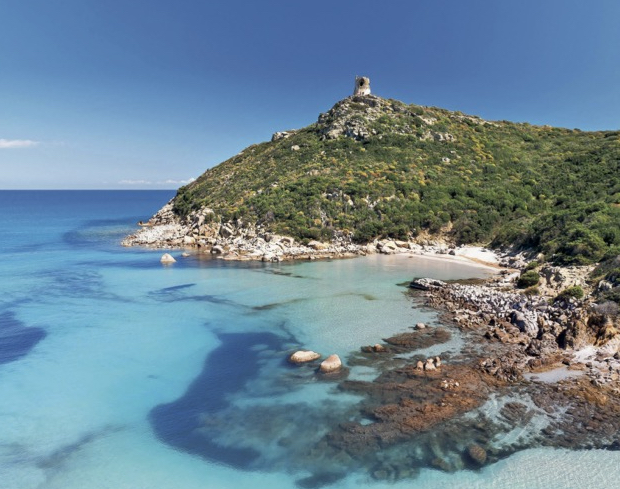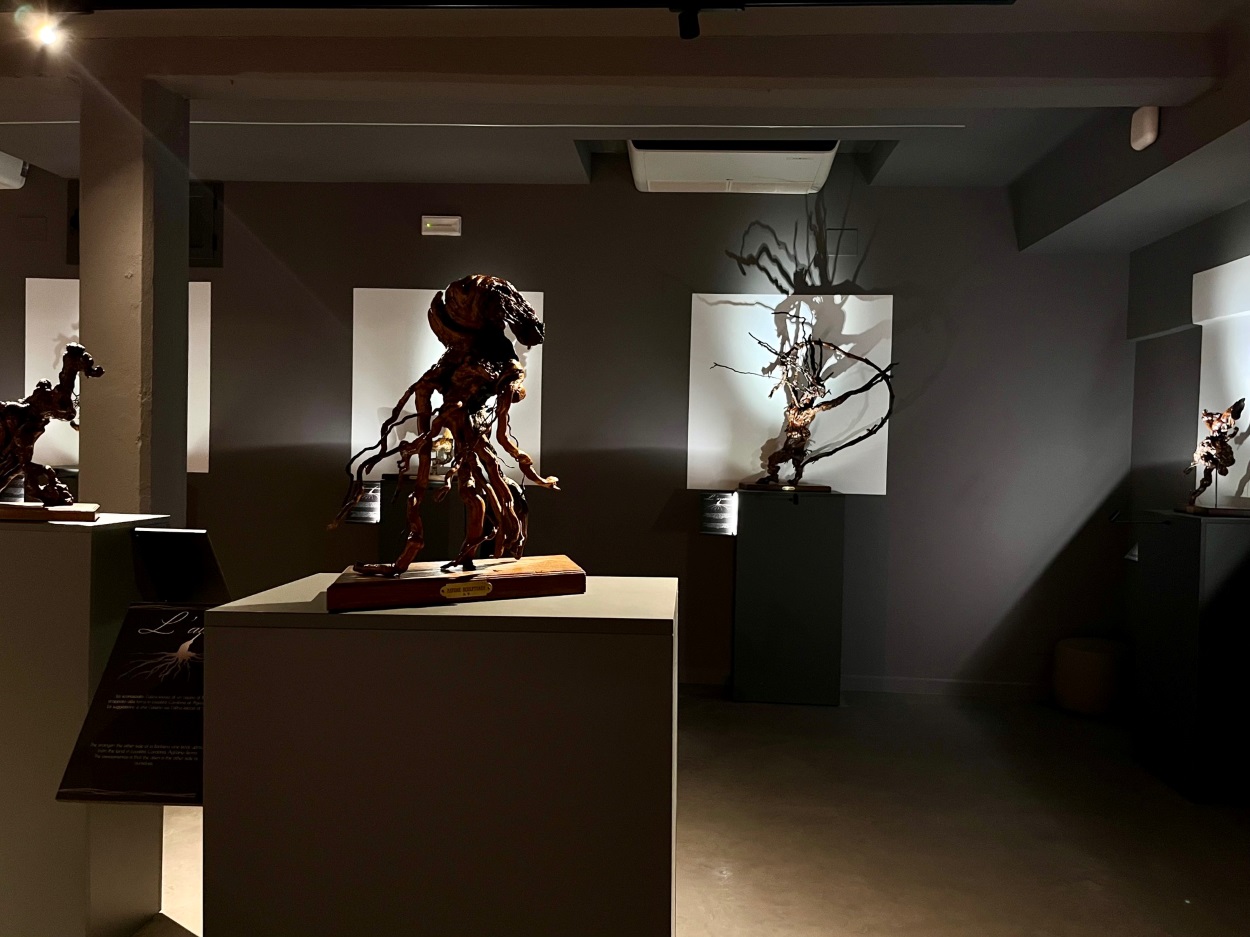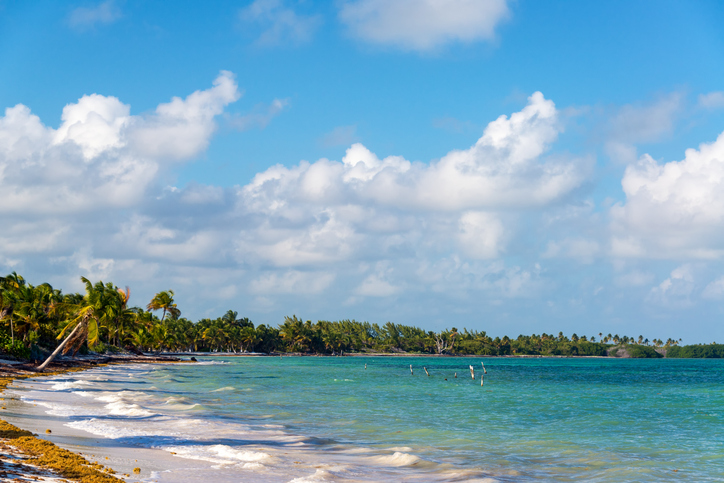There are those who conquer their partners with sonic calls, those who perform romantic wedding dances, those who use unusual breeding methods, and those who change sex over time. Courtship and reproduction are a unique and universal characteristic of all living things. But the ways in which this happens differ from species to species. In the sea, for example, there are animals that adopt very distinct strategies.
On the occasion of Valentine's Day, let's dive into the waves with The rise of the worldthe non-profit association committed to the protection of our seas and their inhabitants, to discover the paths and curiosities of underwater love.
Magical nights on the coral reef
The most advantageous reproduction in terms of evolution is sexual reproduction, because it increases genetic variability and therefore guarantees a greater probability of adaptation. This can happen through external and internal fertilization. In the first case, gametes are released in a coordinated manner outside the animals' bodies, often in synchronization with the phases of the moon. Some of these mass spawning events are so large that they can even be observed from space.
THE corals which make up the coral reefs are an example: between October and November, during a full moon night, the tiny polyps which form the reef simultaneously release sperm and eggs into the water, creating an extraordinary spectacle.
Underwater sessions
However, internal fertilization is generally preceded by courtship phase, which usually involves loud calls, the release of specific chemical compounds, or ritual behaviors, such as the seahorse wedding dance. In most species, it is the male who tries to attract the attention of the female, with bright liveries and even gifts to “impress”: the Gentoo penguins (Pygoscelis papua), for example, they give pebbles to their partner to build the nest, while I fraticelles (Sternula albifrons) give their catch to the female to ensure they are chosen.
Sexual inversions
However, sex is not a rigid characteristic as it may seem: there are indeed animals, sayings hermaphrodites, which produce male and female gametes simultaneously. THE barnaclescrustaceans that can easily be observed on rocks, belong to this group: with their reproductive organs – proportionally the longest in the animal kingdom – they fertilize nearby individuals and are in turn fertilized by the latter.
However, in other species, organisms are all born with one sex and then change it during their lives: i Clown fish, for example, they are all born male and then become female; on the contrary, I Napoleon fish (Cheilinus undulatus) are all born female and only some become male.
Worldrise's commitment
The marine world is therefore extremely diverse: precisely to protect this incredible wealth, Worldrise has been at the forefront of protecting our seas and their inhabitants for more than 10 years, through various awareness projects and the 30× campaign. 30 Italia for the establishment of marine protected areas. The ambitious but necessary goal is to protect at least 30% of Italian seas by 2030, in line with international targets, and only by working together can we achieve this!
Info: Worldrise.org


